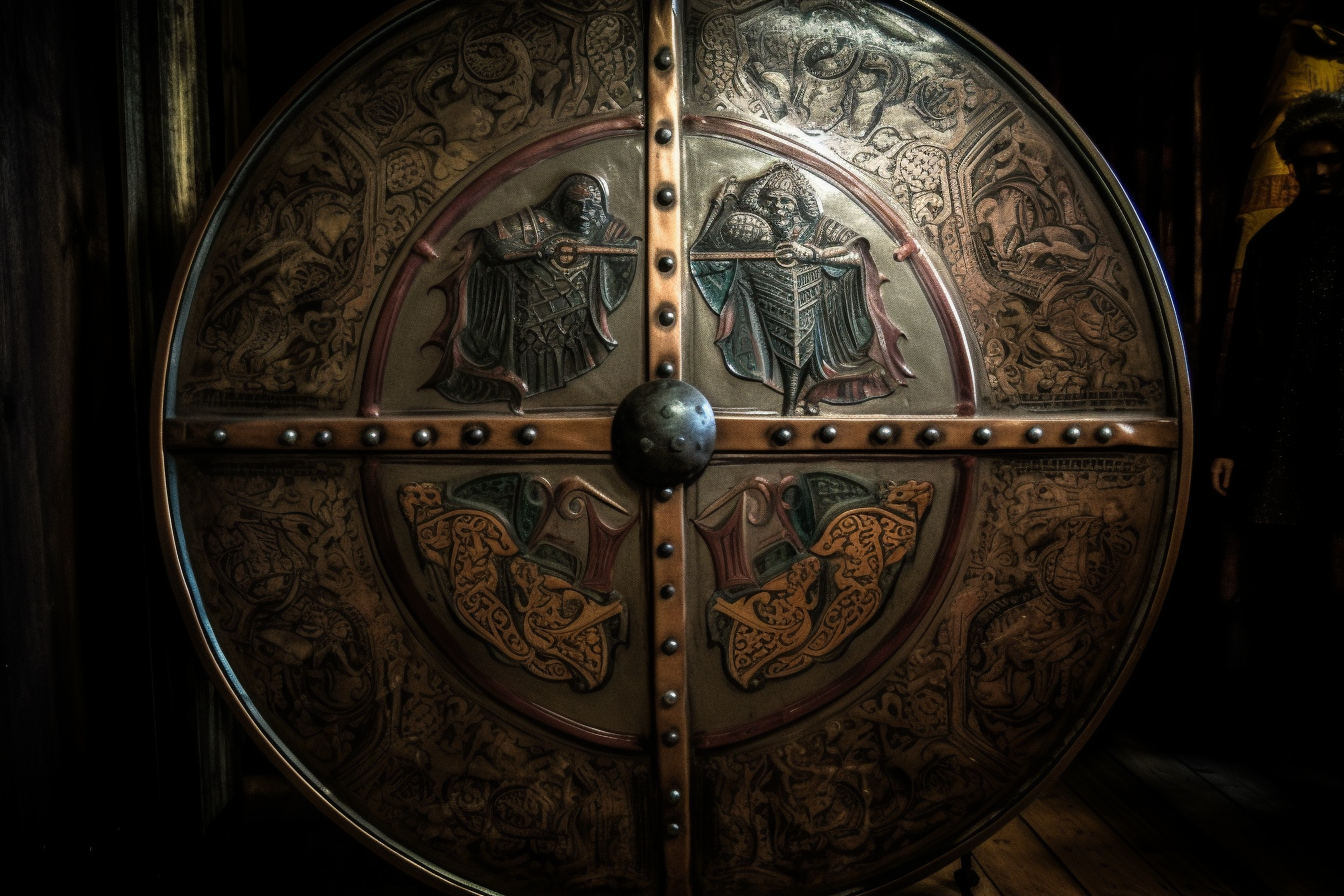From Knights to Kings: Immersing Yourself in the Glorious Age of Armor
Medieval reenactment has gained immense popularity in recent years, attracting history enthusiasts, hobbyists, and adventure seekers alike. One of the most intriguing aspects of medieval reenactment is the faithful reproduction and use of authentic armor. In this article, we will delve into the captivating world of armor in medieval reenactment, exploring its historical significance, the meticulous craftsmanship involved, and the immersive experience it provides. Join me as we embark on an exciting journey through time!
The Historical Significance of Armor
Armor played a crucial role in medieval warfare, providing protection to knights and warriors on the battlefield. Its development and evolution were influenced by various factors such as technology, culture, and military tactics. The usage of armor dates back to ancient civilizations, but it reached its peak during the Middle Ages. By examining the historical context, we can gain a deeper understanding of the importance and impact of armor in medieval reenactment.
The Craftsmanship of Medieval Armor
The craftsmanship involved in creating medieval armor was nothing short of remarkable. Skilled armorers dedicated their lives to perfecting this art, combining creativity, technical expertise, and a deep understanding of the human anatomy. From the initial design to the meticulous shaping and assembling of various components, armorers strived to create pieces that were not only functional but also visually striking. The intricate details and embellishments added to armor truly make it a work of art.
Types of Armor in Medieval Reenactment
Medieval armor consisted of several distinct pieces that protected different parts of the body. Let's explore some of the most commonly used types of armor in medieval reenactment:
Plate Armor
Plate armor, also known as full plate or plate mail, is the epitome of medieval knightly armor. It consists of numerous interlocking metal plates that cover the entire body, providing maximum protection. Plate armor was highly effective in deflecting blows and arrow strikes, making it the preferred choice for knights during the 14th and 15th centuries.
Chainmail Armor
Chainmail armor, composed of interlinked metal rings, was widely used throughout the medieval period. It offered good protection against slashing attacks and provided flexibility and mobility to the wearer. Chainmail shirts, coifs, and hauberks were common components of a knight's armor ensemble.
Helmets
Helmets were vital in safeguarding the head from potentially fatal blows. They came in various designs, such as the Great Helm, Bascinet, and Sallet, each providing different levels of protection and visibility. The helmet not only protected the wearer but also acted as a symbol of status and identity.
Shields
Shields were an integral part of a warrior's defensive arsenal. They offered additional protection and were often emblazoned with family crests or other insignias. Shields came in different shapes and sizes, including the iconic kite shield and the round buckler.

The Role of Armor in Medieval Reenactment
Medieval reenactment allows enthusiasts to step into the shoes of knights and warriors, experiencing the thrill and challenges of the past. Authentic armor adds a layer of realism and immerses participants in a bygone era. Participants meticulously recreate historical battles, tournaments, and courtly events, donning armor that mirrors the craftsmanship and design of its medieval counterparts. The physical and mental demands of wearing armor in reenactment events are an integral part of the experience. Participants gain a firsthand understanding of the weight, restrictions, and challenges faced by medieval warriors. This immersive encounter allows them to appreciate the skill, strength, and endurance required in battle.
Authenticity and Accuracy in Medieval Reenactment
Medieval reenactment strives for authenticity and accuracy in every aspect, including armor. Reenactors meticulously research historical sources, examine archaeological findings, and study period illustrations to ensure that their armor reflects the specific time and region they are portraying. By paying attention to even the smallest details, they bring history to life and create a truly immersive experience for themselves and spectators.
The Training and Skill Required
Wearing armor is not just about putting on a costume; it requires training and skill. Reenactors undergo rigorous physical conditioning to prepare their bodies for the demands of battle. They learn proper combat techniques, swordplay, and the art of maneuvering in armor. This dedication to authenticity elevates the experience and adds an element of excitement and realism to medieval reenactment events.
Safety Measures in Medieval Reenactment
While medieval reenactment aims to recreate historical battles, safety is of paramount importance. Modern reenactment organizations enforce strict safety protocols to protect participants from serious injuries. Armor is meticulously crafted to provide both historical accuracy and safety, with attention given to proper padding, secure fastenings, and structural integrity. Regular inspections and guidelines ensure that reenactors can engage in combat safely and enjoy the experience without unnecessary risks.
The Community and Camaraderie
Medieval reenactment fosters a strong sense of community and camaraderie among participants. Enthusiasts from various backgrounds come together to share their passion for history and the medieval period. They form lasting friendships, exchange knowledge and skills, and create a supportive environment for all. The shared experiences and common interest in armor and medieval reenactment create a unique bond that transcends cultural and geographical boundaries.
Conclusion
Armor in medieval reenactment is not just a costume; it is an embodiment of history, craftsmanship, and dedication. The meticulous reproduction of authentic armor allows participants and spectators to travel back in time and experience the challenges and triumphs of medieval warriors. Through the careful study of historical sources, the training of combat techniques, and the fostering of a vibrant community, medieval reenactment enthusiasts create an immersive and captivating journey into the past. So, don your armor, wield your sword, and join the ranks of those who bring history to life!